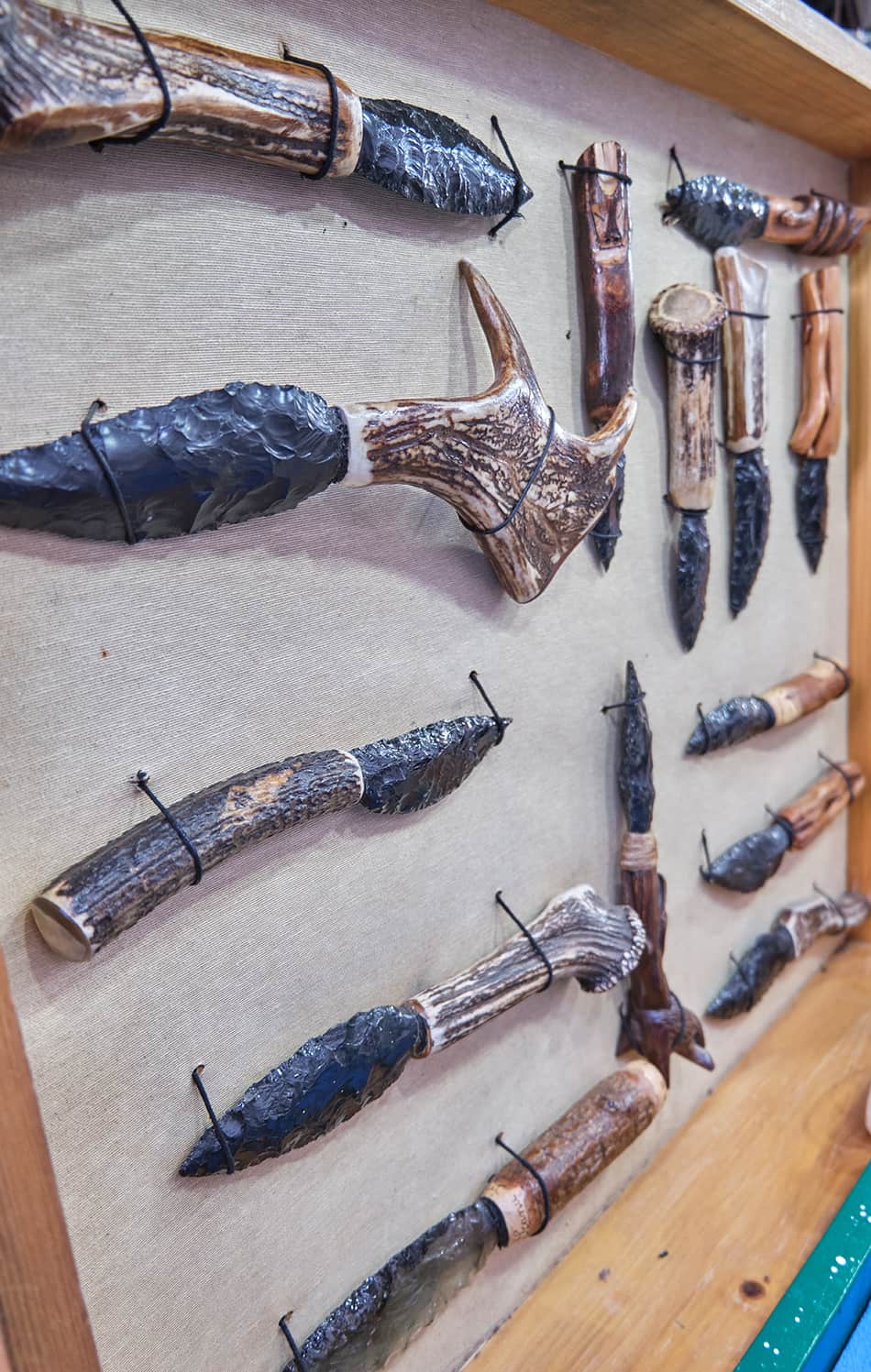
You might shudder at the mere thought of ancient brain surgery, but recent studies of the practice at Bronze Age sites in Turkey suggest that early neurosurgeons were surprisingly precise and that a majority of their patients may have survived.Īt Ikiztepe, a small settlement near the Black Sea occupied from 3200 to 1700 B.C., archaeologist Önder Bilgi of Istanbul University has uncovered five skulls with clean, rectangular incisions that are evidence for trepanation, or basic cranial surgery. “Some believed it was a religious ritual to dispell evils or bring happiness, while others held that it was a therapy used by witches and wizards,” he said. These cracks indicated that craniotomies were probably performed by the Chinese over 5,000 years ago.īefore the Tibetan Tripitaka’s description of brain surgery was discovered, researchers used to disagree on the purpose of ancient craniotomies, said Karma Trinley. Trinley said that many of the medical theories in the book are still used by Tibetan doctors today.Įvidence of ancient brain surgery in the area was first found in 1998, when archeologists unearthed human skulls with mended cracks on the Qinghai-Tibet Plateau. The information contained in the writings was originally passed down orally, and was finally written down in the third century BCE. The Tripitaka is the earliest collection of Buddhist writings. Tsogyel later became a skilled surgeon himself. Trinley said Tsogyel’s advice on sterilization helped raise the success rate of surgery at the time. When the young doctor, whose name was similar in pronunciation to the Tibetan name Tsogyel, saw the surgeon trying to operate on the patient’s brain with a pair of tweezers, he shouted that the tweezers had to be heated first.

The book said that the patient was suffering from a severe headache and repeatedly knocked his head on hard objects to ease the pain. Tripitaka describes in detail how a young Indian doctor watched brain surgery being performed by a veteran surgeon. “The 2,900-year-old Tibetan Tripitaka states clearly why and how brain surgery was carried out,” said Karma Trinley, an associate professor from the Tibetan language and literature department of Tibet University in Lhasa, capital of southwest China’s Tibet Autonomous Region. I never thought me and USA would agree on something so to discredit me is to discredit USA Today.Įvidence of ancient brain surgery in Tibetan encyclopediaīrain surgery was practiced by doctors at least 2,900 years ago, a specialist on Tibetan culture and literature said after four decades of research on the Tibetan Tripitaka, an ancient encyclopedia. “We interpret the find as a case of complicated surgery which only a trained and specialized doctor could have attempted,” Graikos said. Site excavator Ioannis Graikos said the woman’s skeleton was found during a rescue dig last year in Veria, a town some 46 miles west of Thessaloniki. THESSALONIKI, Greece (AP) - Greek archaeologists said Tuesday they have unearthed rare evidence of what they believe was brain surgery performed nearly 1,800 years ago on a young woman - who died during or shortly after the operation.Īlthough references to such delicate operations abound in ancient writings, discoveries of surgically perforated skulls are uncommon in Greece. Although references to such delicate operations abound in ancient writings, discoveries of surgically perforated skulls are uncommon in Greece. Archaeologists believe a large hole on the front of the skull was caused by brain surgery nearly 1,800 years ago. Skeleton evidence of ancient BRAIN SURGERYĮnlarge Greek Culture Ministry via AP The skeleton of a young woman from a 3rd century A.D.


 0 kommentar(er)
0 kommentar(er)
